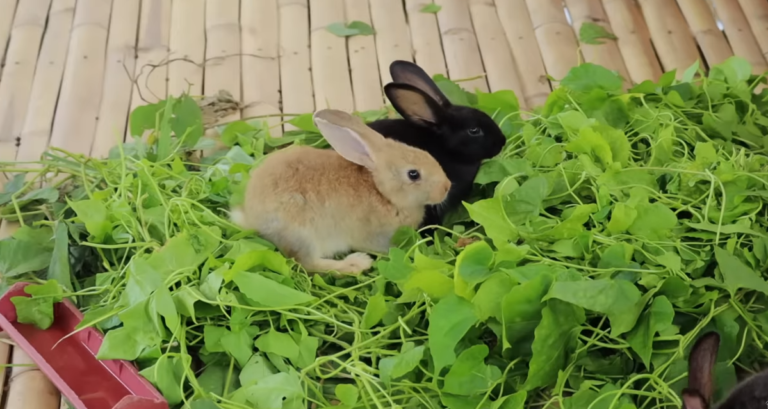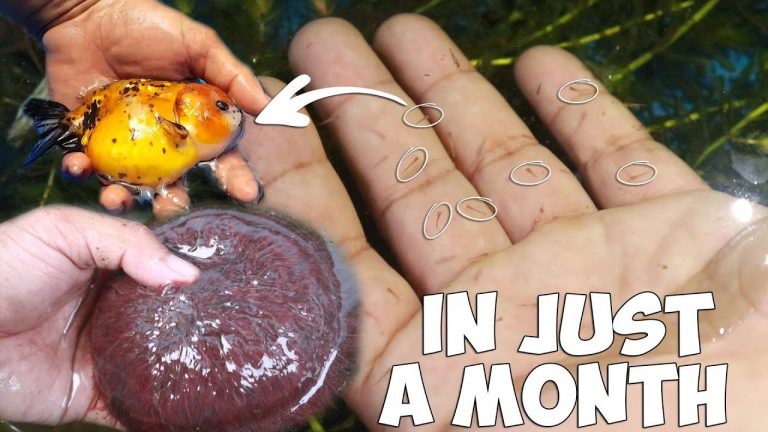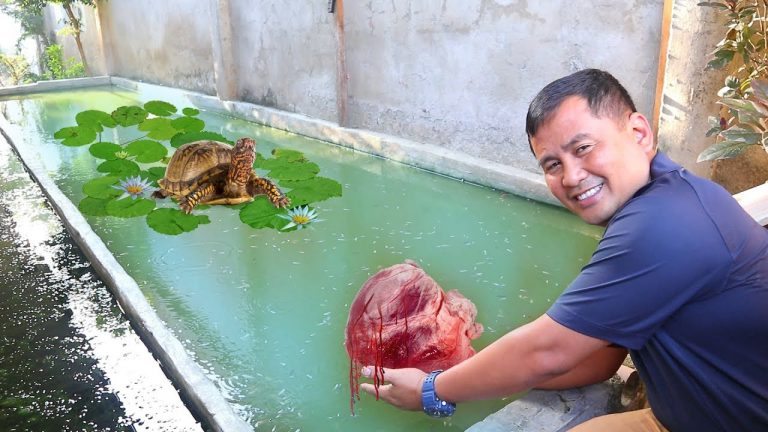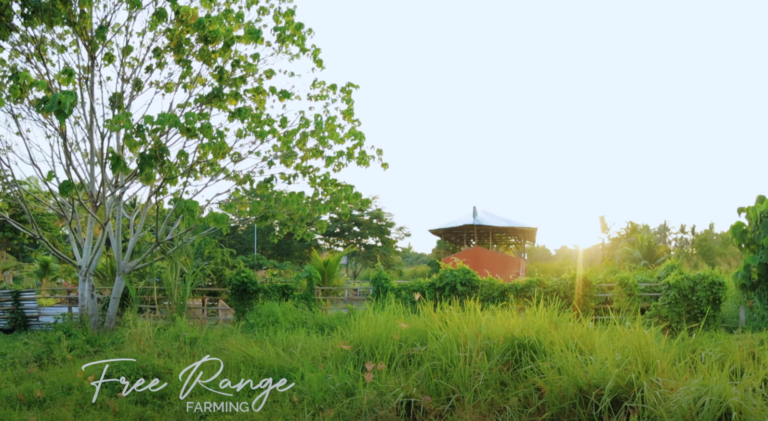Mastering Catfish Farming: Insights from Dexter’s World
Hello, everyone! Welcome back to Dexter’s World. Today, I’m excited to dive into the world of catfish farming, specifically focusing on the crucial practice of segregation to ensure healthy growth and optimal farm management.

The Art of Segregation in Catfish Farming
In our ongoing quest to refine our aquaculture practices here at Dexter’s World, we’ve placed a strong emphasis on the process of segregation, particularly when raising hito (catfish). This method involves separating fast-growing fish from smaller ones, which is essential for preventing cannibalism—a natural behavior in catfish due to their aggressive nature.

Why Segregation Matters
Three weeks into the experiment, our catfish have shown remarkable growth, reaching about 4 inches in length in a surprisingly short time. Despite being in a circular tank with less than 3 meters in diameter, these 1,000 fry demonstrate that proper space management and care can lead to efficient growth without overcrowding.

Observing Growth in a Controlled Environment
Today’s update is not just about growth; it’s about demonstrating the methods that allow for such success. Our circular tanks, though compact, provide enough space for each catfish to thrive, thanks to systematic feeding and care. Here’s how we manage our tanks:
- Regular Water Changes: Maintaining water quality is paramount. We ensure that our tanks are not only clean but also that the water is aged and conditioned before introducing fish. This prevents shock and stress, contributing to the health of the catfish.
- Feeding Practices: Feeding during the night plays to the nocturnal nature of the catfish, reducing stress and aggression among the fish. This also lowers the incidence of cannibalism significantly.

Practical Steps in Catfish Farming
Let’s break down the process of how we handle the catfish to ensure minimal stress and maximum growth:
- Draining the Tank: Carefully draining the tank helps in preparing the catfish for segregation. This is done delicately to avoid harming the fish.
- Selection and Segregation: After draining, we select fish based on size and health, transferring them to a separate tank where they can continue to grow without the risk of being preyed upon by larger tank mates.
- Water Conditioning: The water in the new tank is aged for at least two days to ensure it is safe and conducive for the catfish, providing a stress-free environment for them to acclimate.

The Importance of Clean and Aged Water
One key takeaway from our farming practice is the significance of using aged water. Freshly sourced water, especially directly from a well, can harm fish due to its lack of beneficial bacteria and proper gas exchange. Aging the water for at least 48 hours before introducing fish can significantly reduce mortality rates.

Looking Ahead: Sustainable Practices and Expansion
As we continue to expand our operations here at Dexter’s World, we are committed to using sustainable practices that not only benefit the farm economically but also ensure the health and welfare of the fish. Our goal is to make our farm a model of efficiency and sustainability, demonstrating that even a backyard setup can yield significant results.

Thank you for joining me in today’s educational journey into catfish farming. If you’re interested in starting your own aquaculture venture or simply want to learn more about sustainable farming practices, don’t forget to subscribe and hit the notification bell for more updates from Dexter’s World. Together, let’s continue to grow and learn in the fascinating world of aquaculture!







